Introduction
Octopus, a cephalopod revered in global cuisines for its unique texture and briny sweetness, often intimidates home cooks with its reputation for toughness. Yet, when prepared correctly, it transforms into a culinary masterpiece—tender, succulent, and versatile enough to star in dishes ranging from rustic tapas to elegant seafood platters. This article delves into the science and craft of cooking octopus, exploring tenderizing methods, cooking techniques, and flavor pairings that elevate this ingredient from challenging to celebrated. Whether you’re a novice cook or a seasoned chef, mastering octopus requires patience, precision, and a willingness to embrace both tradition and innovation.
Section 1: Understanding Octopus Anatomy and Texture
To cook octopus effectively, one must first grasp its biological structure. Octopuses have a muscular mantle, eight arms lined with suction cups, and a beak-like mouth. The meat’s toughness stems from its high collagen content, a protein that firms when cooked rapidly but softens with slow, moist heat. Unlike fish or shellfish, octopus lacks bones or scales, making its texture entirely dependent on cooking methods. Freshness is paramount; frozen octopus, often pre-tenderized by commercial processors, can be a reliable alternative to fresh.
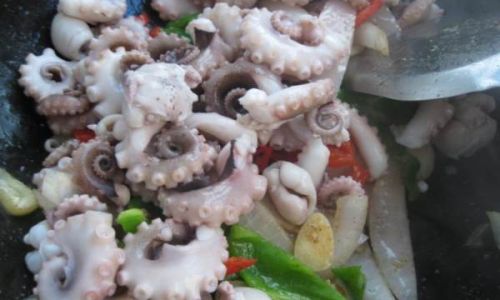
The Role of Collagen
Collagen, a connective tissue protein, is octopus’s culinary nemesis and ally. Rapid cooking (e.g., boiling) causes collagen to contract, resulting in rubbery texture. However, slow simmering or low-temperature cooking breaks collagen into gelatin, yielding a melt-in-the-mouth consistency. This biochemical process, known as denaturation, is the cornerstone of tender octopus preparation.
Section 2: Preparing Octopus for Cooking
Proper preparation is half the battle. Begin by thawing frozen octopus in the refrigerator overnight. Rinse it under cold water, paying special attention to the suction cups and beak. The beak, a hard, cartilage-like structure at the base of the arms, must be removed using a sharp knife. Some recipes suggest rubbing the octopus with coarse salt or vinegar to remove slime, though this step is optional.
Tenderizing Techniques
-
Mechanical Tenderizing:
- Beating: Gently pound the octopus with a meat mallet or rolling pin to disrupt muscle fibers. Focus on the thicker parts of the mantle and arms.
- Scoring: Crosshatch the skin lightly to allow heat penetration during cooking.
-
Chemical Tenderizing:
- Marinades: Acidic ingredients like lemon juice, vinegar, or wine can help denature proteins. Marinate for 2–4 hours, but avoid over-marinating, which can toughen the meat.
- Enzymatic Agents: Kiwi fruit or pineapple juice contains bromelain and actinidin, enzymes that break down collagen. Apply sparingly, as excessive use can impart a mushy texture.
-
Freezing:
Freezing octopus before cooking ruptures cell membranes, softening the meat. Thaw slowly in the refrigerator before proceeding.
Section 3: Cooking Methods for Perfect Octopus
The goal is to balance tenderness with flavor absorption. Below are four tried-and-true techniques.
Simmering (The Classic Method)
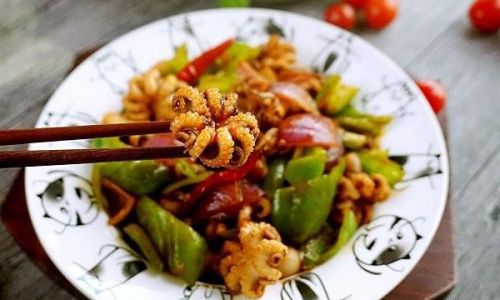
- Step 1: Place the octopus in a large pot with enough cold water to submerge it. Add aromatics like garlic, bay leaves, peppercorns, and a splash of red wine.
- Step 2: Bring to a gentle simmer (do not boil) and cook for 45–90 minutes, depending on size. Smaller octopuses (2–3 lbs) require less time; larger specimens may need 2 hours.
- Step 3: Test doneness by piercing the thickest part with a knife; it should glide in easily.
- Pro Tip: Some cultures dunk the octopus in boiling water three times before simmering to curl the tentacles for presentation.
Grilling or Charring
- Step 1: After simmering, pat the octopus dry and brush with olive oil.
- Step 2: Grill over high heat for 3–4 minutes per side until charred. The high heat caramelizes the exterior while the pre-cooked interior remains tender.
- Variation: For a smokier flavor, use a wood-fired grill or add hardwood chips to charcoal.
Sous-Vide Precision
- Step 1: Vacuum-seal the octopus with olive oil, garlic, and herbs.
- Step 2: Cook at 176°F (80°C) for 6–8 hours. The low, consistent heat ensures even tenderness.
- Step 3: Sear in a hot pan or grill for color and texture.
Quick-Cooking Techniques (For Tenderized Octopus)
- Stir-Frying: Slice pre-cooked octopus into rings and stir-fry with vegetables and soy sauce.
- Ceviche: Marinate thinly sliced octopus in citrus juice for 30 minutes to “cook” it acidically.
Section 4: Flavor Profiles and Seasonings
Octopus’s mild brininess pairs well with bold flavors. Experiment with these regional inspirations:
Mediterranean: Olive oil, lemon, oregano, smoked paprika, and roasted potatoes.
Asian: Soy sauce, ginger, sesame oil, chili, and pickled vegetables.
Latin American: Citrus, cilantro, ají amarillo, and corn-based dishes.
Iberian: Tomato, sherry vinegar, garlic, and saffron.
Sauces and Accompaniments
- Romesco Sauce: A Spanish blend of roasted red peppers, almonds, and smoked paprika.
- Gremolata: Finely chopped parsley, garlic, and lemon zest for brightness.
- Kimchi Salsa: Fermented cabbage, gochujangu, and scallions for a spicy-tangy kick.
Section 5: Recipes to Impress
Mediterranean-Style Braised Octopus with Potatoes
Ingredients:
- 1 octopus (3 lbs), cleaned
- 1 lb baby potatoes, halved
- 1 onion, sliced
- 4 garlic cloves, smashed
- 1 cup dry white wine
- 1 bay leaf
- 1 tsp smoked paprika
- ¼ cup olive oil
- Salt and pepper
Instructions:
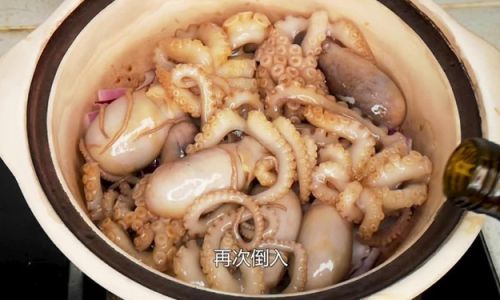
- Simmer the octopus in a pot with wine, onion, garlic, bay leaf, and paprika for 1 hour.
- Add potatoes and cook until tender.
- Grill the octopus briefly, then slice. Serve with potatoes, drizzled with olive oil.
Japanese-Inspired Grilled Octopus with Yuzu Kosho
Ingredients:
- 1 octopus (2 lbs), simmered
- 2 tbsp yuzu kosho (citrus-chili paste)
- 1 tbsp mirin
- 1 tsp sesame oil
- 1 scallion, thinly sliced
Instructions:
- Marinate the octopus in yuzu kosho, mirin, and sesame oil for 1 hour.
- Grill until charred. Slice and garnish with scallions.
Spanish-Style Pulpo a la Gallega
Ingredients:
- 1 octopus (simmered and sliced)
- 1 lb waxy potatoes, boiled and sliced
- ½ cup olive oil
- 1 tbsp sweet paprika
- Coarse sea salt
Instructions:
- Arrange potatoes on a plate. Top with octopus.
- Drizzle with olive oil, sprinkle paprika and salt. Serve warm.
Section 6: Troubleshooting Common Issues
- Overcooking: Results in mushy texture. Monitor simmering time closely.
- Undercooking: Leaves meat chewy. Ensure the octopus is fully submerged and simmered gently.
- Lack of Flavor: Marinate after cooking, as prolonged marinating before cooking can toughen the meat.
- Toughness Despite Cooking: Use a pressure cooker for 20–30 minutes to break down collagen further.
Conclusion
Cooking octopus is an alchemy of science and art. By understanding its biology, employing tenderizing techniques, and experimenting with global flavors, even the most hesitant cook can master this ingredient. Remember that patience is key—slow simmering rewards with tenderness, while high heat delivers charred complexity. Whether you prefer the rustic charm of pulpo a la Gallega or the innovative zing of yuzu-marinated grilled octopus, this cephalopod invites culinary adventure. So, embrace the challenge, savor the process, and let the octopus’s briny sweetness surprise your palate.


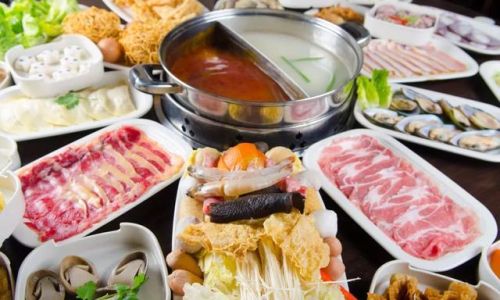
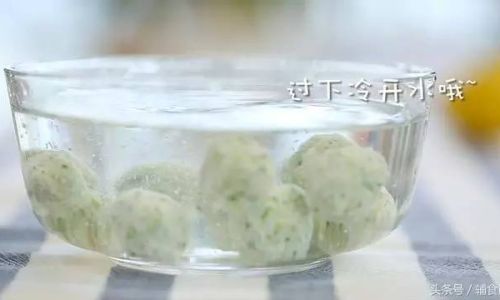
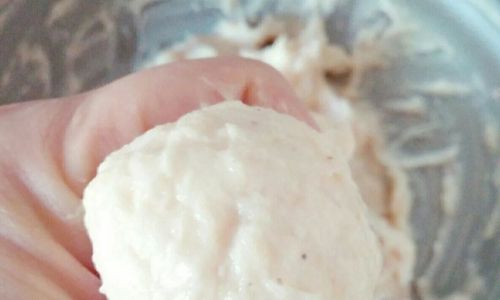
0 comments